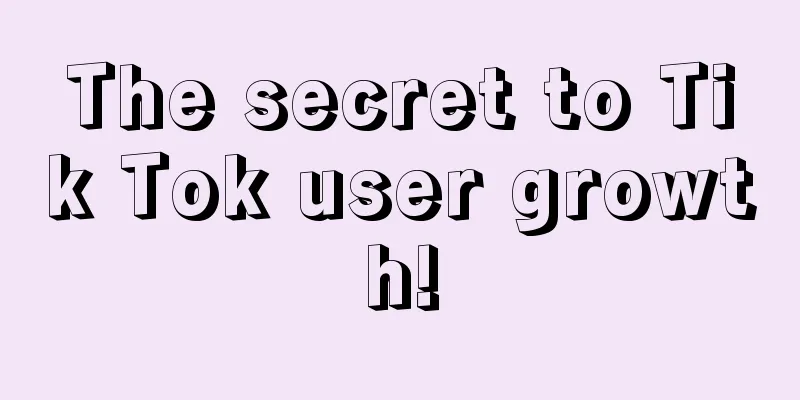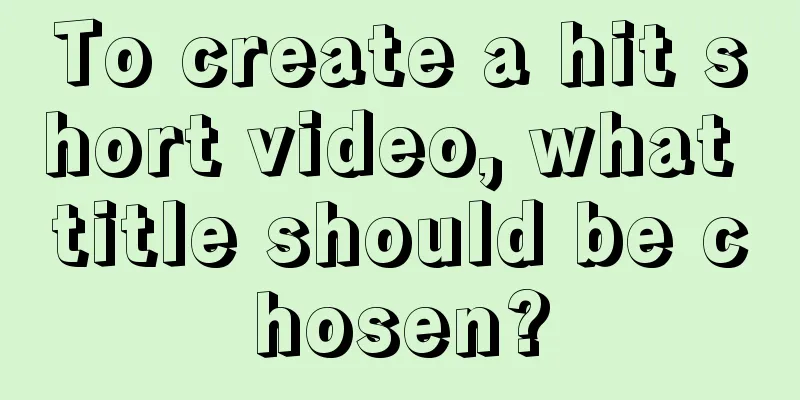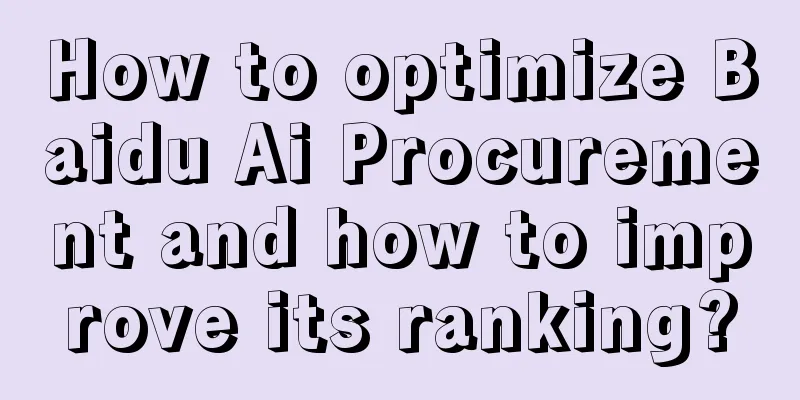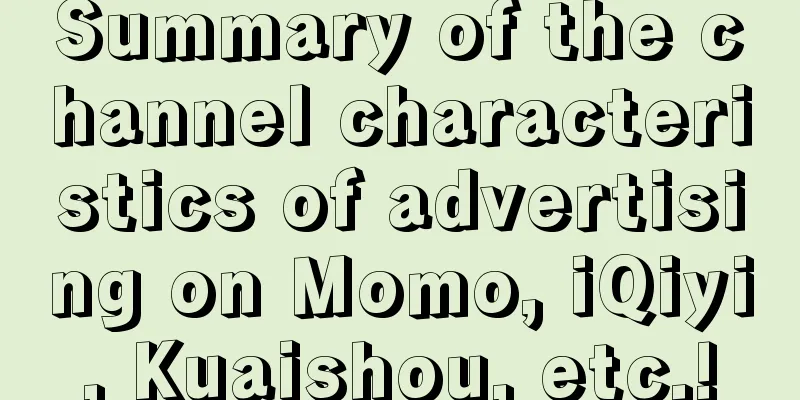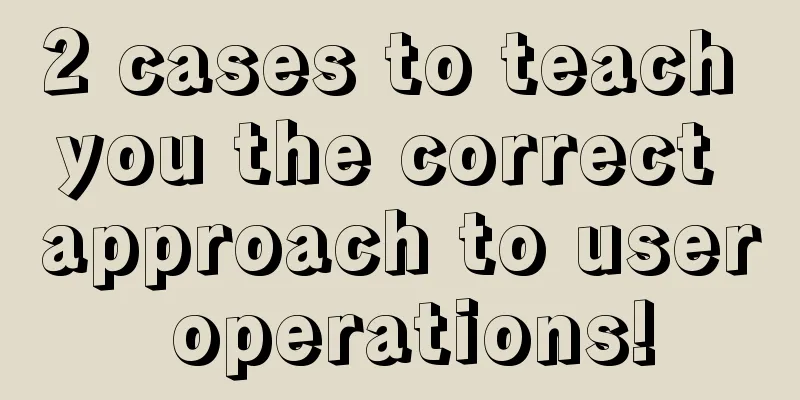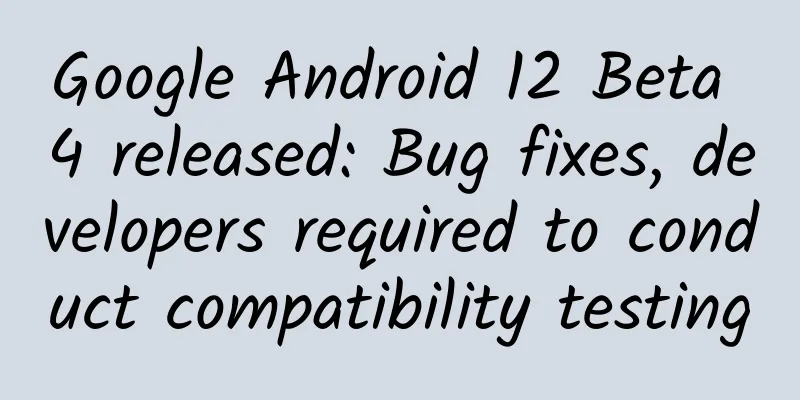Android is discriminated against again, even the quality of browsing Moments is lower than that of iOS
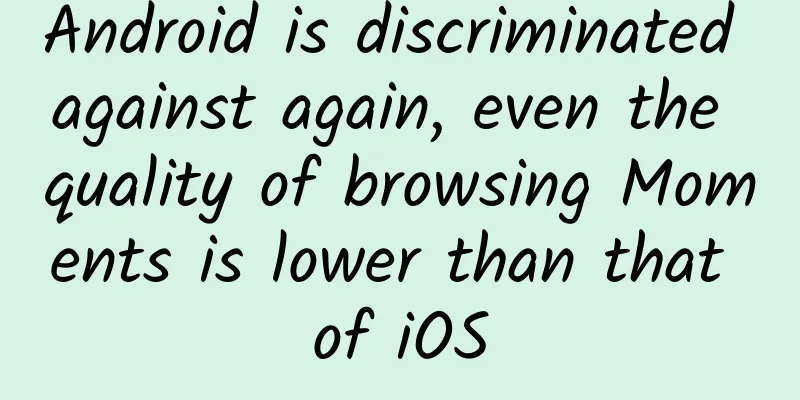
|
For well-known reasons, the WeChat software on Android does not adopt the Android standard UI, but adopts the same design language as the iOS system. This also gives users an illusion that the WeChat software running on Android and iOS is the same in terms of operation and experience. From an operational point of view, WeChat on Android and iOS are indeed exactly the same, whether it is the dock bar at the bottom or the layout of elements on each page. Even users who have used WeChat on a certain system for a long time will not feel much of a split when switching to another system. So in terms of experience, are there any differences between the WeChat of the two systems? Today we will compare the differences between WeChat on Android and iOS through the simple method of "Friends Circle picture quality" to see whether the WeChat of these two systems are brothers or real and fake Li Kui. Testing the difference between Android and iOS devices through photos taken with micro single-lens cameras We selected iPhone X, iPhone 7, Android Phone A and Android Phone B as the test machines for WeChat Moments image quality. In order to ensure a fair test, we chose Sony ILCE-6000 micro single-lens camera to take photos, and then provided the same photos to these phones. On the Sony ILCE-6000 mirrorless camera, we set the photo size to "M:10M", the aspect ratio to 16:9, and the image quality to fine. Details of the two photos On top of this standard, we took two photos, "Building" and "Portrait", with a resolution of 4240 × 2400. The size of "Building" is 4,965,443 bytes (5MB), and the size of "Portrait" is 6,556,504 bytes (7.5 MB). Micro single camera shooting "building" Micro single-lens camera for portrait photography SLR picture comparison Zooming in to 500% reveals that the mirrorless camera retains rich details, whether it is the text on the top floor of the building or the hair of the person. Next, we will import these two pictures into these four mobile phones respectively, and send them to Moments through these four mobile phones. Both iOS and Android have compression, but iOS image quality is better than Android After these four mobile phones sent the Moments, we saved the photos in the Moments locally and exported them to the computer to view the detailed information and enlarged details of the Moments pictures shared by these mobile phones. iOS camp adopts unified compression algorithm Photo taken with iPhone X Photo taken with iPhone X First, let’s take a look at the photos taken by iPhone X after posting to Moments. From the visual point of view, they are no different from the photos not posted to Moments. However, from the detailed information of the photos, it can be found that the photos of iPhone X have been compressed on WeChat. The resolution has changed from 4240 × 2400 to 1908 × 1080, the size of "building" has become 382,975 bytes (385KB), and the size of "portrait" has become 501,183 bytes (504KB). According to the data, the WeChat Moments photos of iPhone X are compressed in both size and resolution. In order to see the changes in the photos more intuitively, we enlarged the two photos sent back by iPhone X by 500%. In the iPhone X's zoomed-in image of the building, the text at the top is blurred, and the hair of the portrait also has corresponding loss of details. Next, let’s take a look at the changes in size and resolution of the samples shared by the iPhone 7 friends circle, which belongs to the same iOS camp. It can be found that the samples sent back by iPhone 7 are the same as those sent back by iPhone X in terms of resolution and size. By zooming in on the sample photos sent back by iPhone 7, we can find that there is no obvious difference in the details of the photos posted to Moments by the iOS camp. It seems that WeChat on iOS devices uses a unified compression algorithm. Android not only suffers from greater image loss, but also has a serious fragmentation problem After looking at the photos from the iOS camp, let’s take a look at the extent to which the photos in the Android camp’s Moments will be compressed. Detailed information of sample sent back by Android phone A First, let's look at the detailed information of the photos sent back by Android phone A. The resolution of the photos sent back by Android phone A is 1908 × 1080, the same as that of the iOS camp. In terms of size, the building photos of Android phone A are 172,543 bytes (176 KB) and the portrait photos are 223,481 bytes (225 KB). Compared with the iOS camp, the size is reduced by nearly half. Let's take a look at the effect of enlarging the photos sent back by Android phone A. Compared with iOS, the sample of Android phone A is more blurred, and there is serious noise around the text. The portrait photo on the other side is also unclear, and the details of the hair are almost blurred. Android phone B photo details To our surprise, the size of photos sent back by another Android phone, Android Phone B, was different from that of Android Phone A. The size of the building was 172,543 bytes (229 KB), and the size of the portrait was 223,481 bytes (229 KB), both higher than Android Phone A, but much lower than that of the iOS camp. Zooming in on the building photo sent back by Android phone B, we can see that the noise of the top text on Android phone B is better than that on Android phone A. The two are equally good in terms of the hair on the portrait. Compare all buildings All portrait comparison In general, whether it is iOS or Android, there will be a certain degree of compression after uploading pictures. Considering the memory and bandwidth of the user's mobile phone, there is nothing wrong with WeChat doing this. However, after careful comparison, you will find that the sample photos sent back by the iOS camp’s Moments are far superior to those of the Android camp in terms of photo size and appearance, which will cause a sense of disconnection in the experience. For example, two people go out for a trip, one uses an Android phone to post to Moments, while the other uses an iPhone to post to Moments. Due to the different algorithms of WeChat, the photos of the two will look completely different to other people. On the other hand, there is not much difference in the size or appearance of photos in the iOS camp. We also see the benefits of the closed iOS system - it is convenient for software vendors to uniformly allocate and for users to uniformly manage. The two mobile phones in the Android camp have significant differences in both size and appearance, which also reflects that Android is still seriously fragmented at this stage. Fragmentation has been a chronic problem of Android since ancient times, so at this stage we still hope that Tencent can make more optimizations to Android phones in the future, rather than simply imitating the iOS system. |
<<: Super comprehensive! Comparison of design differences between Android apps and iOS apps
>>: Face ID and under-screen fingerprint, Apple's paranoia and Android's tolerance
Recommend
In addition to SEM promotion, why do we need to invest in native advertising?
The key differences between native advertising an...
Could Apple reintroduce Touch ID in future devices?
A new report says Apple may be considering bringi...
Android 13 QPR2 Beta 3.2 released: fix screen artifact issues
On February 23, following Android 13 QPR2 Beta 3 ...
A set of Excel animation tutorials worth 8800 yuan
For professionals, Excel is one of the software t...
How to develop an Apple App of the Year? See what the founder of Replay said
Replay is a video editing software with similar f...
Operation and promotion: How to use the AARRR model to attract 150,000 fans in 10 days at 0 cost?
I believe that many people engaged in operations ...
Girl, let's learn programming together
When we mention the word "programmer", ...
How to build a WeChat public account for merchant services?
This article introduces in detail the process of ...
Top 10 marketing trend predictions for 2022!
Looking back at 2021, there were many impressive ...
Bidding promotion strategies and misunderstandings of bidders in promotion!
After working in SEM for so many years, I found t...
WeChat 7.0.20 beta version released, adding these three new features
Just today, WeChat launched the Android 7.0.20 be...
How to correctly place ads on TikTok?
1 Behind the TikTok phenomenon As of mid-June 201...
Xu Yuan's observation: The logic of China's monetary policy
Xu Yuan's Observation: The Logic of China'...
How to build a drainage fission channel from 0 to 1?
This article is compiled from the open course joi...
Xiaohongshu promotion method: How to promote effectively?
When you have a fan "offline", and he s...


